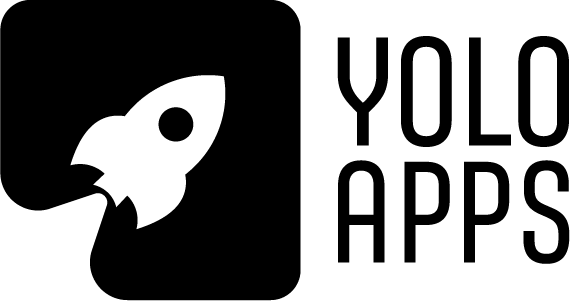What is flutter?
Flutter is a cross-platform open-source UI framework that allows developers to build native-quality mobile, web, and desktop applications from a single codebase. Flutter is compatible with Android, iOS, Linux, macOs, and Windows.
How it all Started?
Flutter represents a transformative approach to mobile application development, offering a blend of user-friendliness, efficiency, and uniqueness. Originating as an open-source project by Google, known initially as Sky in 2015, Flutter has evolved significantly. Initially designed to support Android with the capability of rendering at 120 frames per second, it underwent a significant expansion by 2018. Google announced a stable version that enhanced its productivity, enabling developers to build Android, iOS, Windows, and Linux applications. This broad compatibility, coupled with readily available updates in the public domain, marks Flutter as a versatile tool for modern app development.
Flutter Key Components
There are two key components of Flutter:
- SDK – includes tools to convert code to native machine code and a set of instruments to assist with app development.
- Framework – UI Library-based widgets.
Flutter Architecture Overview
Flutter has three architectural layers:
- Framework: based on the Dart programming language.
- Engine: Written in C/C++ and provides graphics, text layout, accessibility support, and other APIs.
- Embedder: A platform-specific embedder is used to help the Flutter App to run on any OS.
Advantages of Flutter
Flutter distinguishes itself not only as a framework with simple UI elements, such as buttons and sliders but also as a comprehensive software development kit. It encompasses API interfaces, an array of ready-to-use widgets, visualization mechanisms, and command-line tools, providing everything necessary for crafting high-quality applications. At its core, Flutter leverages the Dart language—known for its efficiency and ease of learning—which powers a high-performance rendering engine and extensive visual capabilities. Developers are thus empowered to design custom app interfaces, choosing from various UI elements to meet specific design criteria.
Noteworthy applications developed with Flutter include Alibaba’s Xianyu, which has garnered over 50 million downloads, and the eBay Motors app, which showcases Flutter’s ability to meet modern business and consumer demands efficiently.

Disadvantages of Flutter
As a relatively new framework, Flutter’s ecosystem is still evolving, leading to ongoing discoveries of compatibility challenges across various platforms. The ambition to accommodate multiple platforms inherently adds complexity and may extend development time.
One notable drawback is the size of Flutter-developed apps, which tend to be larger, potentially prompting developers to seek more compact alternatives. Additionally, Dart, lacks the popularity of languages such as Java or Kotlin, which might slow its adoption. Flutter’s close association with Google also suggests a predisposition towards Android, possibly affecting iOS development efficiency. Furthermore, Flutter’s library ecosystem is not as extensive as those available for native development, requiring developers to sometimes invest extra effort in building or adapting necessary libraries.
Despite these challenges, Flutter’s potential for future growth and improvement remains high, supported by a robust community and ongoing enhancements to the framework.
Technical and Business Benefits
From a technical perspective, Flutter offers a swift initiation process. Its environment can be set up and operated in under half an hour, significantly accelerating the path to app development. Furthermore, the release of Flutter 1.17 showcased remarkable improvements in rendering performance and memory consumption on iOS devices, underscoring Flutter’s commitment to high-performance application development.
On the business front, Flutter’s cross-platform nature eliminates the need for separate development teams for Android and iOS, leading to substantial cost savings. Google’s continuous support for Flutter has fostered a robust support community, enhancing the toolkit’s reliability and its appeal to global companies such as eBay, Alibaba, and BMW.
Conclusion
Many business leaders must consider whether to adopt Flutter for future projects. Despite its relative newness and ongoing development, the consensus among experts is overwhelmingly positive. Flutter’s advantages far outweigh the minimal risks, highlighted by its simplicity, performance, and cost-effectiveness. As the digital world evolves, Flutter’s capacity to efficiently and beautifully turn ambitious app concepts into reality positions it as a preferred choice for contemporary app development.


